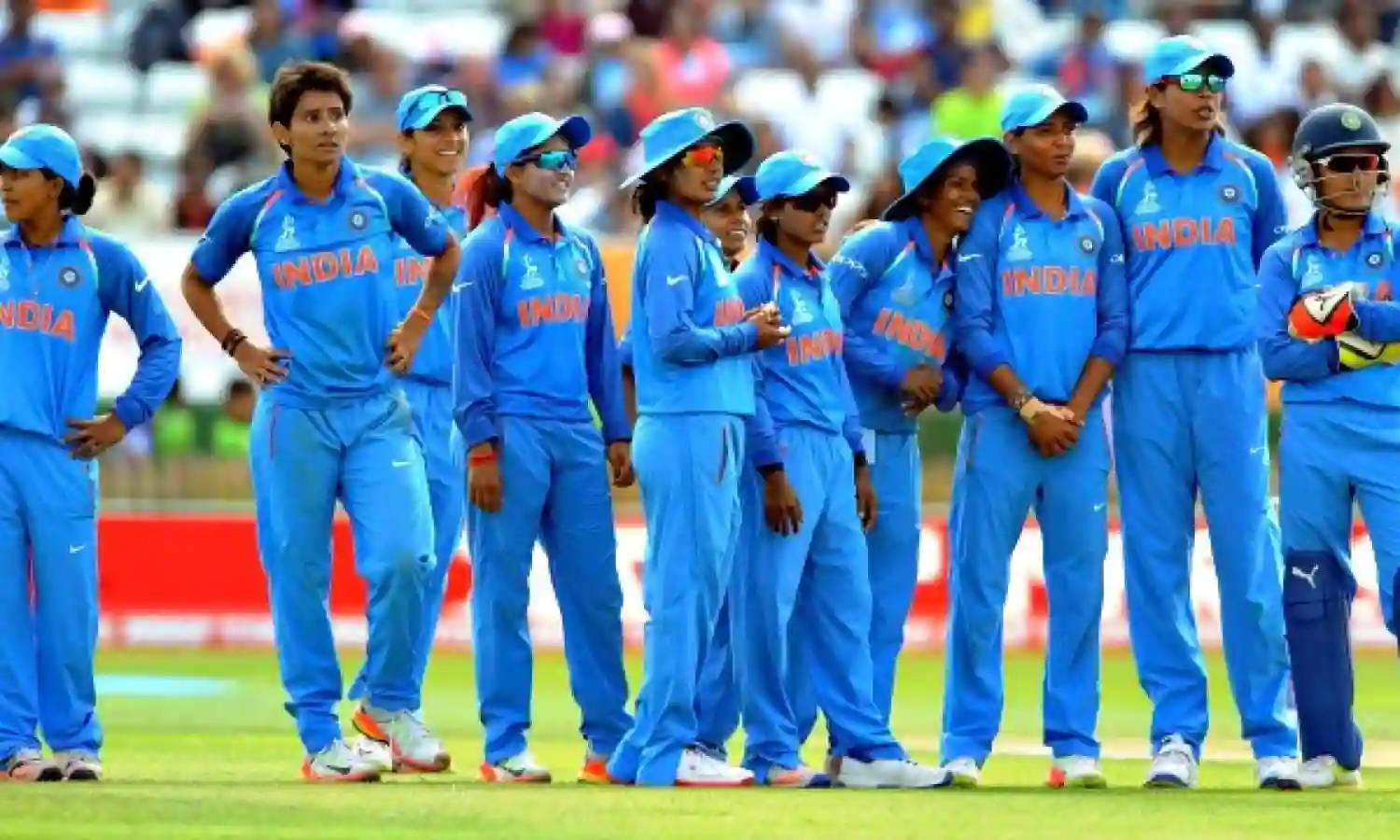Women's T20 leagues: A Bridge Between Domestic and International Circuit
Women's cricket does not get the recognition it deserves

One can find a bit of Aaron Finch in the batsmanship of South Africa’s Lizelle Lee. Her backlift, approach at the crease and the aggressive instinct are quite similar to the Aussie opener. Recently, representing the Surrey Stars, Lee smashed a 55-ball 104 in the KIA Super League (England’s version of women’s IPL) final against the Loughborough Lightning to take her team to the maiden title triumph in front to packed Sussex ground at Hove.
This has been the third edition of this league and in England the tournament has grabbed quite a bit of eyeballs this season, primarily thanks to quality of cricket, which was on display and the individual heroics of the likes Smriti Mandhana, Heather Knight, Natalie Sciver, Harmanpreet Kaur. In fact, Western Strom’s Mandhana was named the ‘Player of the tournament’, for getting a whopping 421 runs in 9 innings at 60.14.
Nevertheless, coming from the sub-continent, where women’s cricket always gets overshadowed by the glitz and glory of the men’s version, the most fascinating part for me while covering the final’s day at Hove, was the attendance at the stands. The final game between Surrey Stars and Loughborough Lightning was attended by a capacity crowd of 5,000. It was a non-working day in the United Kingdom and people of every age group came to the venue to cheer for these girls, who also presented an excellent spectacle on the field.
Well, that’s what the T20 version does to women’s cricket. It creates a buzz and brings people to the ground. We have seen this England as well as in Australia during the women’s Big Bash League (BBL) matches. The BCCI has also hinted like implying this formula in India, when they arranged a one-of-a-kind T20 exhibition match in which two teams of top international women cricketers took on each other at the Wankhede, hours before this years’ IPL’s first Qualifier match.
Meanwhile, not only from the spectator’s point of view, in terms of developing the game, these leagues play a crucial role. For England international Fran Wilson, who is a teammate of Mandhana at Storms, a tournament like KSL (KIA Super League), is an absolute necessity, when it comes to the overall expansion of women’s cricket. Whether it is WBBL or in KSL, new talents are being unearthed through these types of events.
“Tournaments like these are important for young and upcoming women cricketers, who get the opportunity to share dress room with the world-class international cricketers and getting used to that level of cricket,” says Wilson in an exclusive chat.
When being asked about her keenness to feature in a similar sort of league in India, the 26-year old, who was a part of England’s World Cup winning team last year, did not hold herself back.
“I got the taste of Big Bash last winter. It’s a great way to meet new fans, travel around the world and play some cricket. It will be crazy I guess to play in front of the Indian crowd.”
Another England national cricketer, Georgia Elwiss, who led the Loughborough Lightning to the finals this season, a tournament like KSL or a women’s version of IPL is like a bridge between the domestic and international circuit.
“KSL has definitely bridged the gap between domestic and international scene,” she feels. “You have seen the growth of young players through these tournaments. It gives them good platform to put up those big performances and grab the headlines. It is evident from the people who have turned out today.”
Elwiss also believes a missive turnout like Hove always gives inspiration to the young girls to take up the sport and make a career out of it. And these stand-alone T20 leagues like KSL or WBBL provides the financial security for those who want to play this sport professionally.
“To see these many people here is a massive step from where we were a few years ago. It is great to see so many people coming out and supporting us. I am really glad that we have had some great cricket on show and hope these girls will get inspired. Now there is a real career in woman’s cricket, so they can emulate this and step in the footsteps of people who have played today,” she adds further.
However, back in India women’s cricket still doesn’t get the kind of recognition it truly deserves. In the absence of a professional league, it is still not a proper career option for many. Let’s hope the baby step which the BCCI took through organising that exhibition match in Mumbai, will eventually get the ball rolling and the plan of organising the women’s version IPL will be materialised soon.



